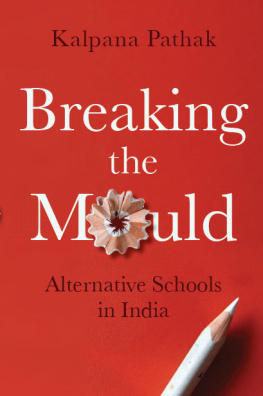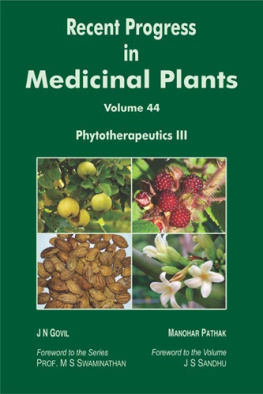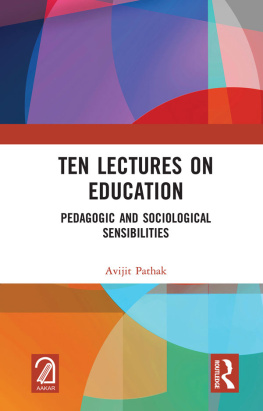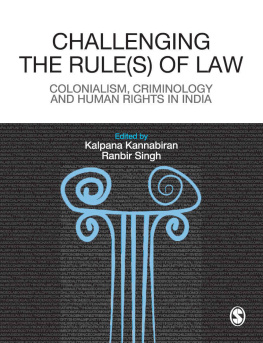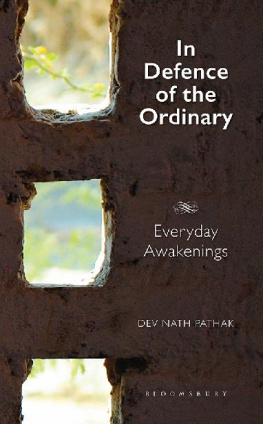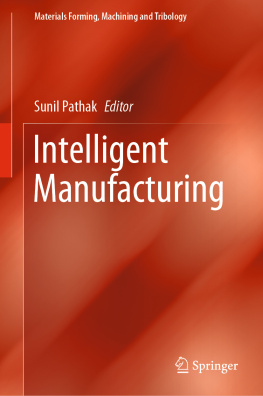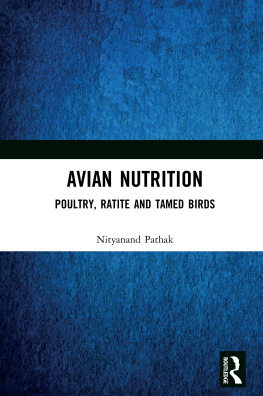westland ltd
61, IInd Floor, Silverline Building, Alapakkam Main Road, Maduravoyal, Chennai 600095
93, Ist Floor, Sham Lal Road, Daryaganj, New Delhi 110002
First published in India by westland ltd 2016
First ebook edition: 2016
Copyright Kalpana Pathak 2016
All rights reserved
ISBN: 978-93-86036-28-5
Typeset by PrePSol Enterprises Pvt. Ltd.
This book is sold subject to the condition that it shall not by way of trade or otherwise, be lent, resold, hired out, circulated, and no reproduction in any form, in whole or in part (except for brief quotations in critical articles or reviews) may be made without written permission of the publishers.
INTRODUCTION
AN ALTERNATIVE WAY TO LEARNING
I ts one in the afternoon and not lunch break yet. The lunch could be slightly delayed today as kids are at the helm. Its team work. Some are busy making laddoos for dessert and others, the traditional meal of ragi mudde (small millet balls) with tarkari saaru (vegetable stew).
A few others, who dont find cooking interesting enough, are busy drawing. One has dedicated himself to a science experiment of figuring out the anatomy of a fan. Two have teamed up to outline a village with toys and narrate a story. A bunch of others are busy rehearsing a play that they would shortly perform in front of the school.
Its Friday and it belongs to children at the Sita School. The mandate for the teachers, Sarojini, Sumalatha and Rebecca, is not to interfere but to guide, assist and observe.
By 1:30 p.m., the drawings have turned out well, the fans anatomy has been understood and explained and the Frog in the well play has been well presented and received. The children now break for lunch.
In this and many such ways, the Sita School in suburban Bangalore teaches its children allowing them to be themselves while making learning fun.
And scores of such schools across the country are doing the same. Alternative schools as they are called do exactly that provide an alternative to mainstream methods of education.
So learning by rote does not happen here and passing examinations is not the only motivation to studying. There are many other differences besides.
Alternative education is an option which shows how education can be fun and successful at the same time. How educating a child need not necessarily be a daunting task for parents. How going to school can be fun and not a coping exercise for the child. How children could actually cry to go to school. How a childs academic growth is determined by no one else but the child and how competition and grades can be relegated to the background while the childs development takes centre stage.
In the chapters that follow, readers will get a glimpse of how alternative or off-beat schools, through their tried, tested and innovative ways of learning have benefitted many across the globe and how some mainstream schools, if not all, have begun adapting some alternative methodologies in their curricula.
The mainstream system of education in India comes with its own merits. For instance, it has the ability to serve large groups of children. It uses standardised ways of learning and testing. Since, it is part of the system, it formalises the educational process with a diploma or a certificate. It can also be said to be perhaps more mainstream job oriented as compared to the alternative system. Yet it is by no means perfect, for it has been accused of killing the joy of discovery; of promoting learning by rote; of failing to recognise the distinctiveness of each child; of burdening students through aggressive grading systems; of factory-producing individuals who cannot question or analyse, but can merely swot and reproduce.
As a reaction to these perceived flaws, some schools have emerged that are attempting to blend the best of past traditions, while acknowledging the demands of modern-day India. Alongside mainstream schools, a number of such alternative centres of learning currently operate.
The ripples of alternative schooling have spread considerably over the years. This has been the handiwork of many parents and edu-preneurs, who unhappy with the present schooling system began to look for something different and enriching for children.
So be it the Tridha Rudolf Steiner School in Mumbai or the Sita School and Poorna Learning Centre in Bangalore or Pallikoodam in Kerala, these centres of alternative learning have all been the result of a quest for a better education system for children. And in doing so, these parents have helped many other harried ones benefit from their own educational adventures.
Alternative schools work on the premise that the human being is a faculty of thinking, feeling and doing and if even one of the aspects is missing, it would affect the other. A firm belief that most alternative schools share is that education has to cater to a child as a human being and cant be dished out in piecemeal form. Knowing ones three Rs reading, (w)riting, and (a)rithmetic is only one aspect of education.
J Krishnamurti, who found the Rajghat Besant School in Varanasi, Uttar Pradesh, and the Rishi Valley School in Andhra Pradesh and many others, believed that education has to be more than dishing out a cut-and-dried syllabus to children. It has to be involved in developing the mental and moral faculty of children and not dwarf them.
Alternative education systems therefore began working on the holistic development of an individual by including arts, craft, sports and environment, among others as part of the curriculum.
It may however, well be asked if children of alternative school would really fit into mainstream society. Would not a parent be worried if his/her child cannot read fluently or write well till the age of eight? Would not the fact that other children in society turn out to be smarter and more successful, worry parents?
Through this book we have not only tried to seek answers to these questions but also try and bust such myths. We study the alternative system in some detail. Besides, interviews with students who studied at such schools and parents of children who have moved from mainstream to alternative schools are featured, answering all such questions and addressing issues. This book is an attempt to study the alternative schooling system threadbare.
The alternative schooling system however, has its own set of challenges to be addressed. Teachers working with alternative schools need special training and special strengths to be more emotionally involved with the children during the teaching process. At many schools the emoluments are not as rewarding but teachers are driven by the goal of social service and love for teaching.
Teachers are also discouraged to rely entirely on books while teaching in the classroom. The more a teacher innovates, the better the child will learn, it is believed.
Another challenge for these schools has been implementing the provisions of the Right to Education Act, as mandated by the government. These challenges have been discussed in detail in a separate chapter.
Benefits of the alternative ways of learning however have also accrued to some government and private schools which have adopted methodologies from these schools (mostly Montessori).



